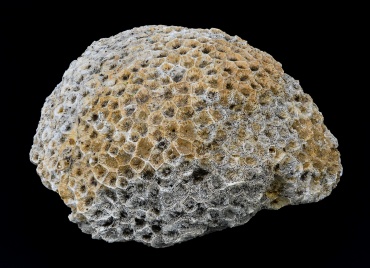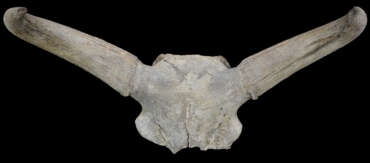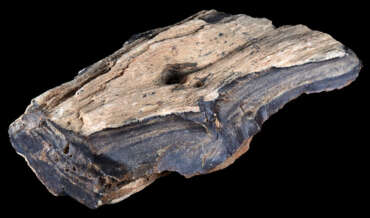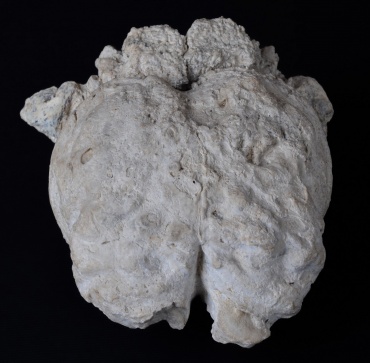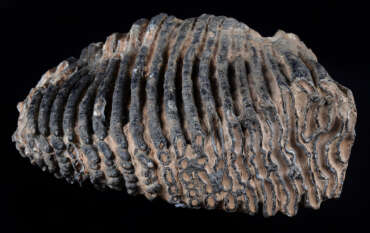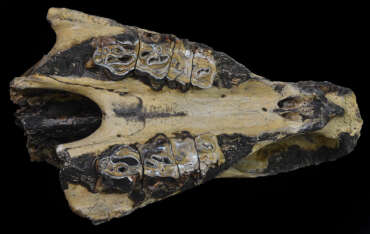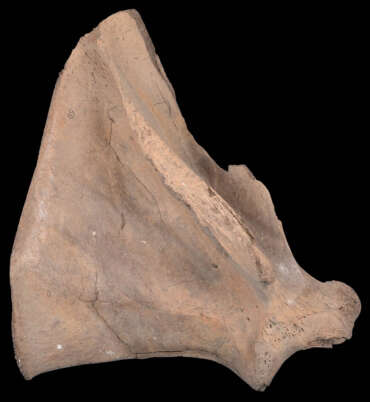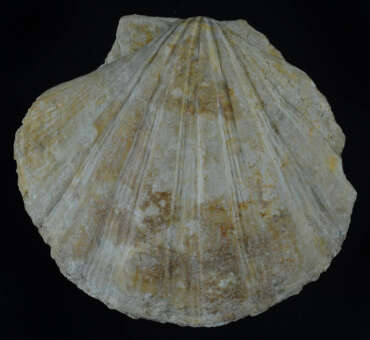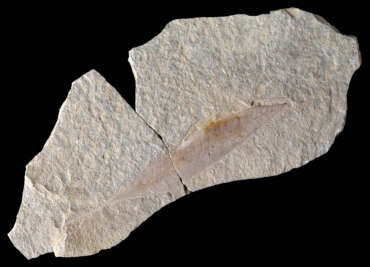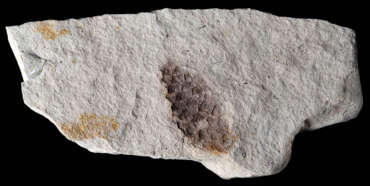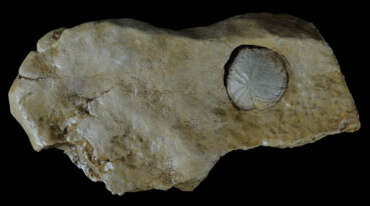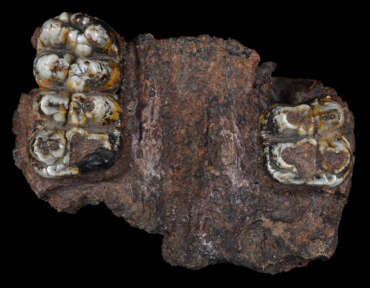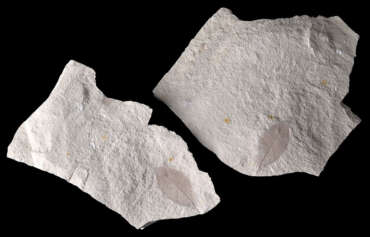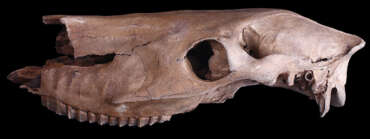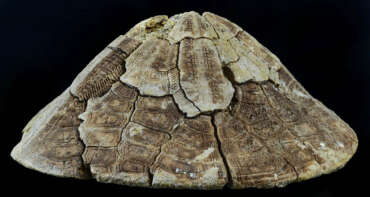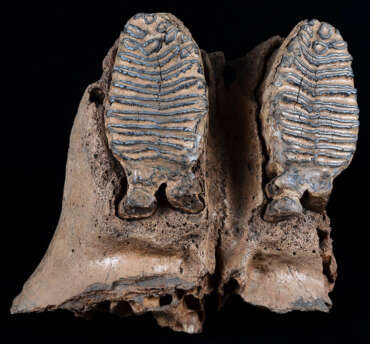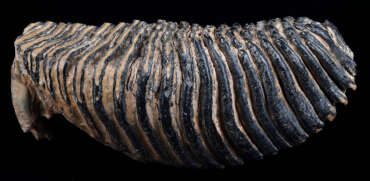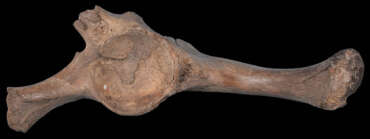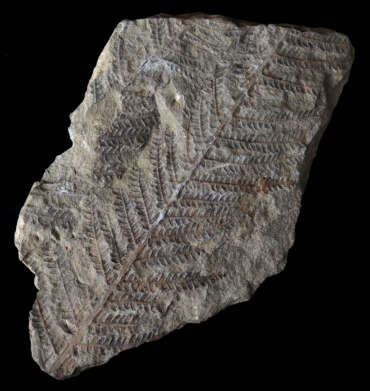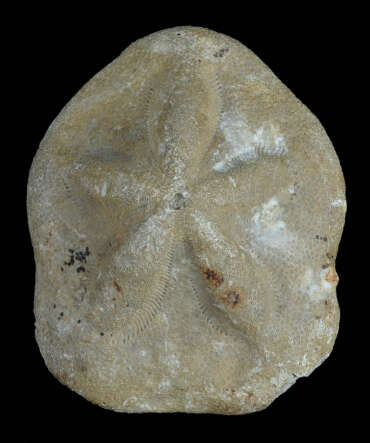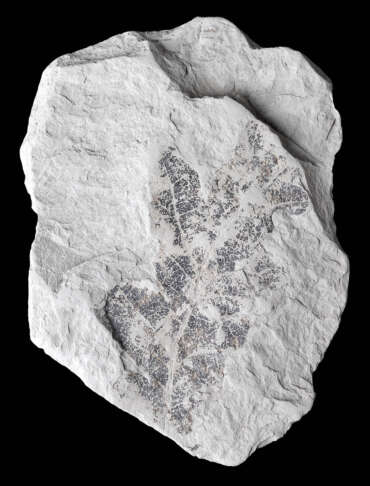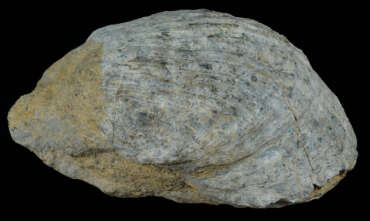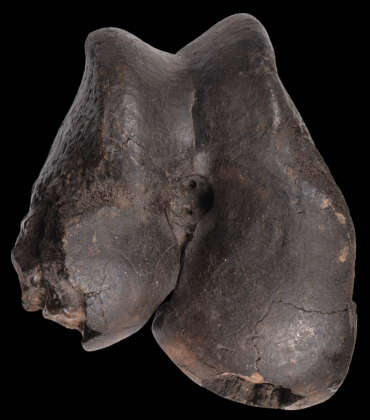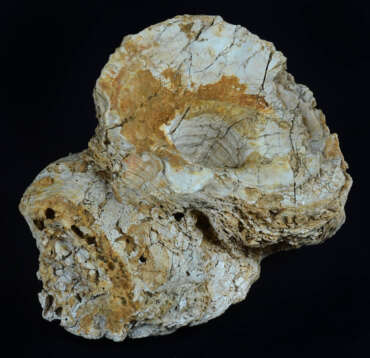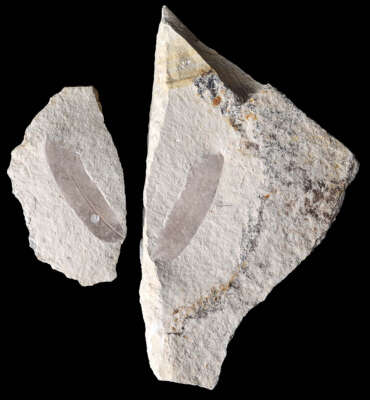PALAEONTOLOGY COLLECTION
The Collection mainly comprises fossils of invertebrates, plants and large mammals which inhabited the area of Serbia and Balkans during the Neogene period (about 23-2.6 million years ago) and the Pleistocene epoch (about 2.6 million years ago to 12 thousand years ago). It also includes a certain number of fossils of the Mesozoic age.
Leaf impression of the Jurassic tree fern Cladophlebis minor, one of the oldest fossils in the entire collection, stands out amongst the plant fossils.
Neogene oysters (Ostrea lamelossa), corals (Favites neglecta) and sea urchins (Clypeaster campanulatus) attract special attention amongst the invertebrate fossils.
The vast part of the collection consists of fossil remains of large mammals, primarily woolly mammoth (Mammuthus primigenius) and steppe bison (Bison priscus), which inhabited the Velika Morava valley during the Pleistocene epoch (about 1.8 million years ago to 10.000 years ago). However, due to its exceptional museological and scientific value, a 15 million year old, unique specimen of “fossil brain” belonging to an extinct species of Middle Miocene rhinoceros, stands out. The specimen was discovered in the onyx and travertine quarry in Lozovik, probably between the two world wars and represents one of the first objects in the Museum.
Curator: Nevena Cvetković



